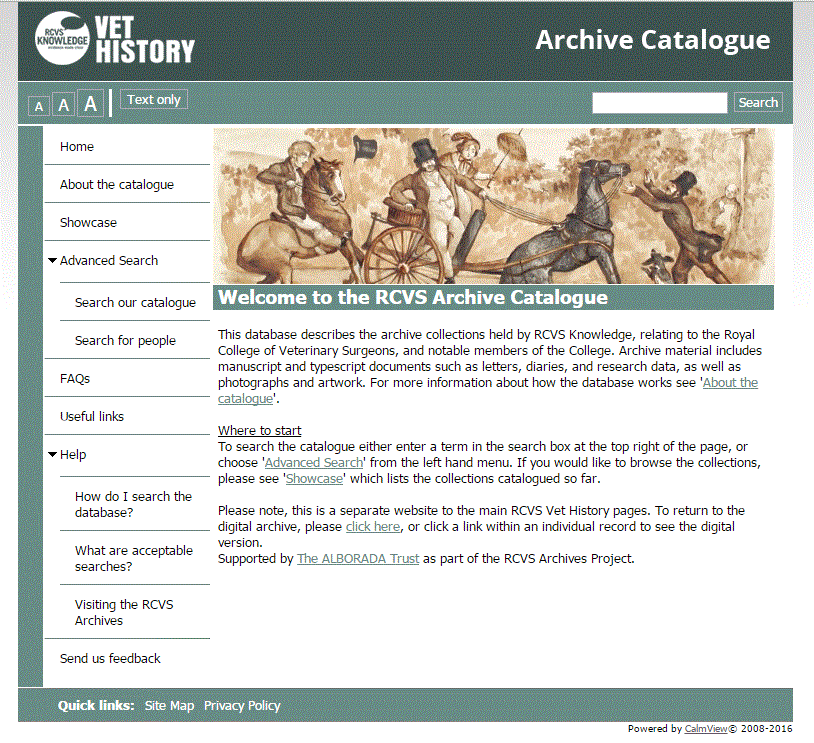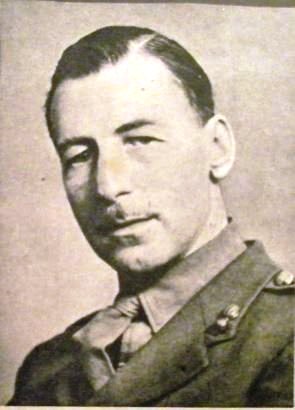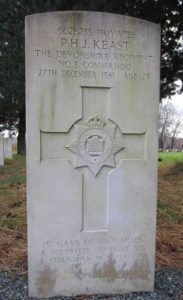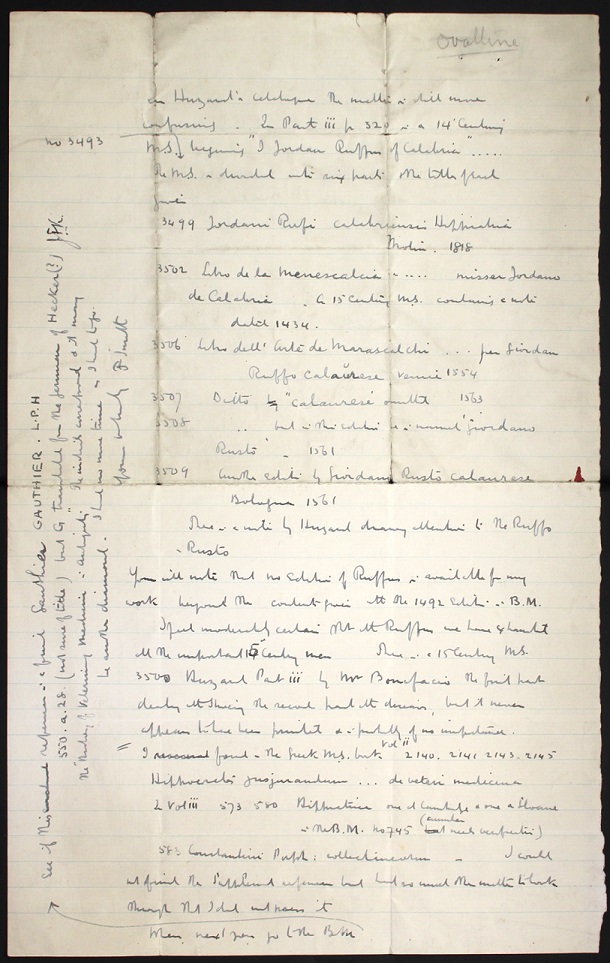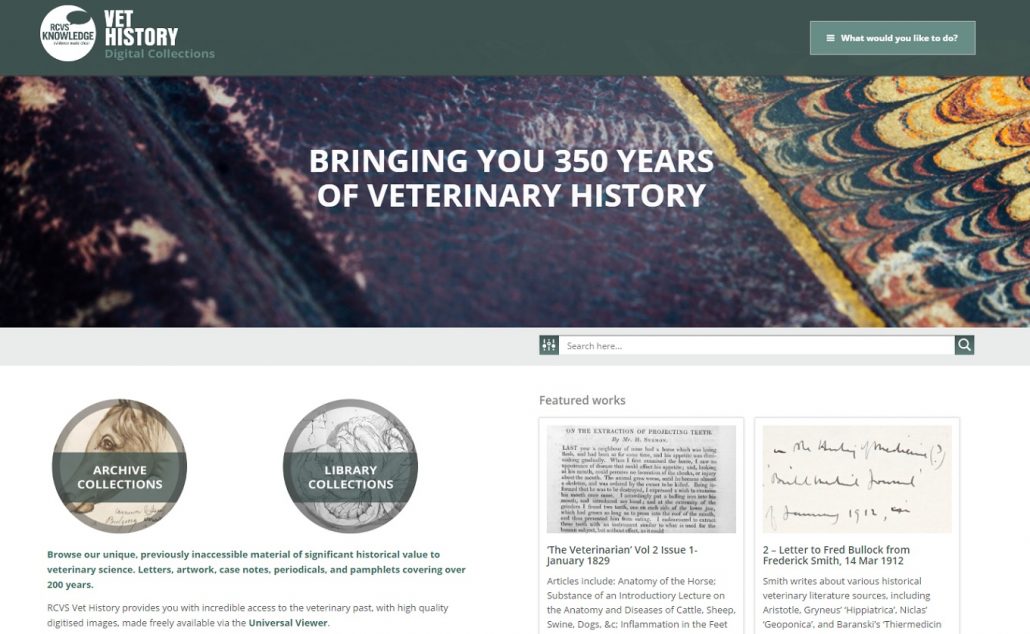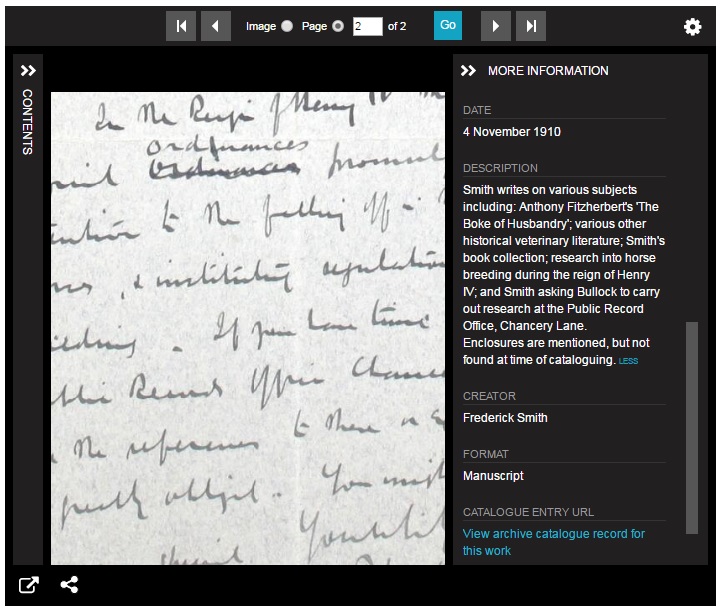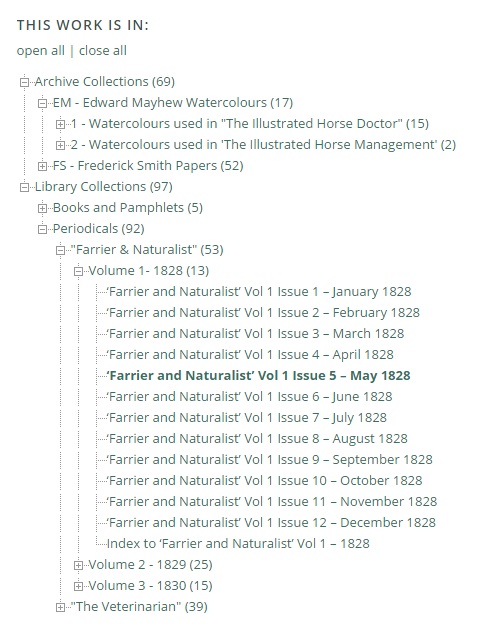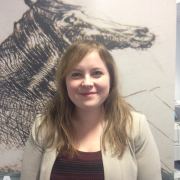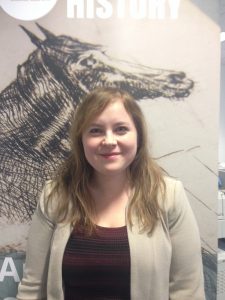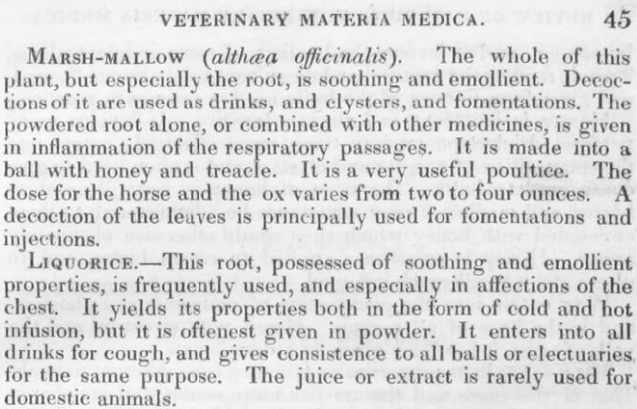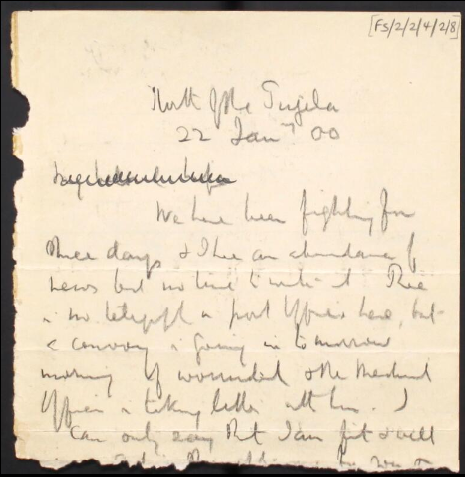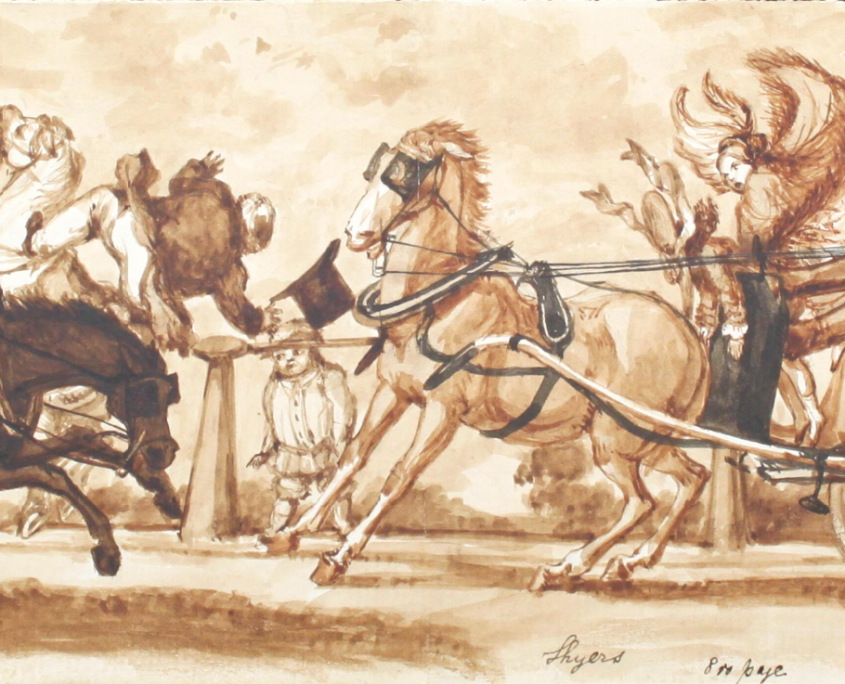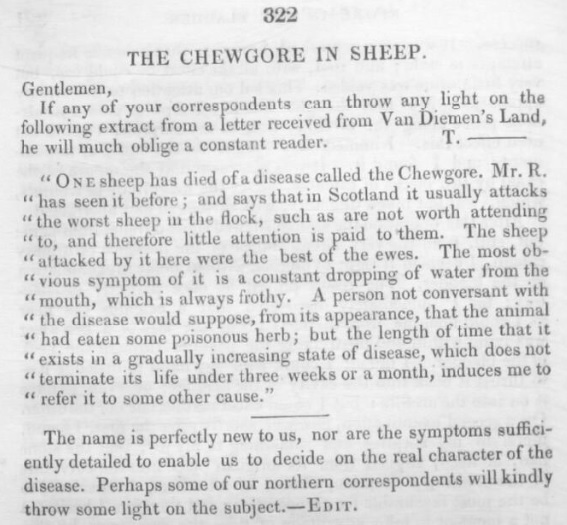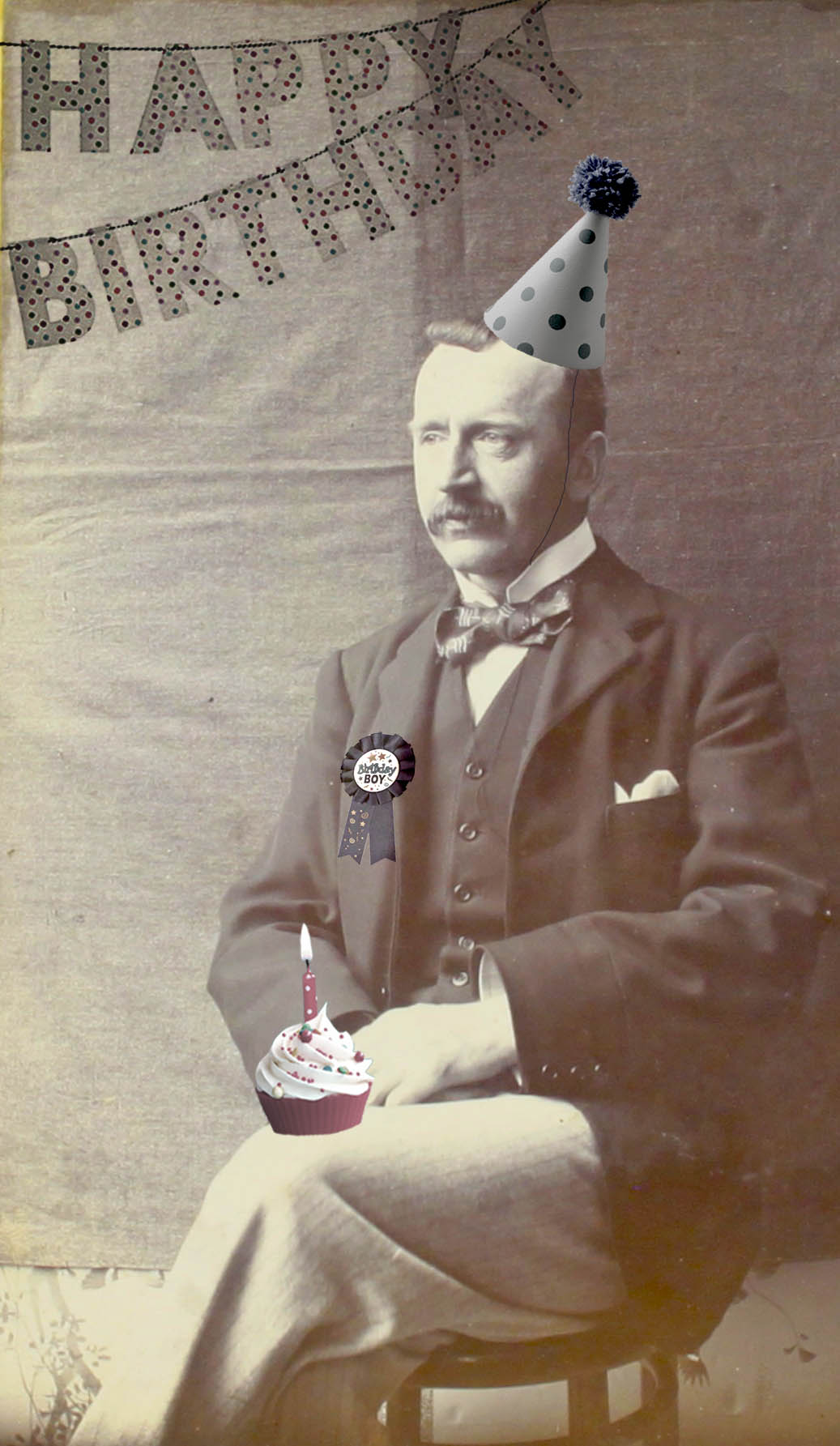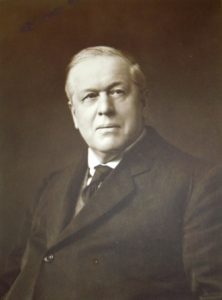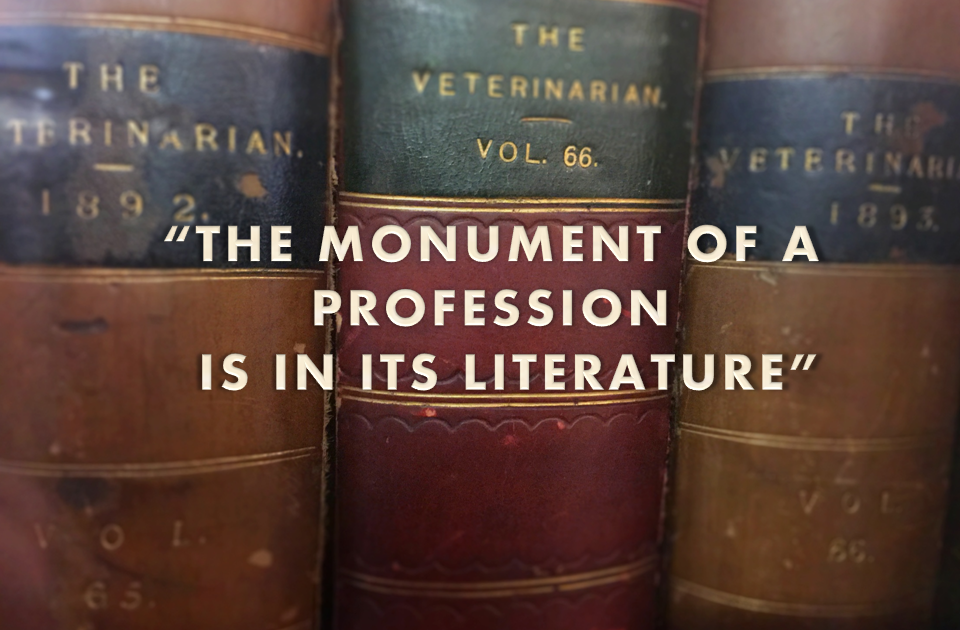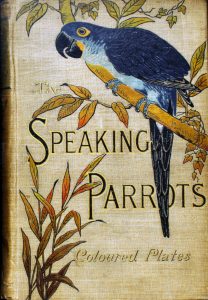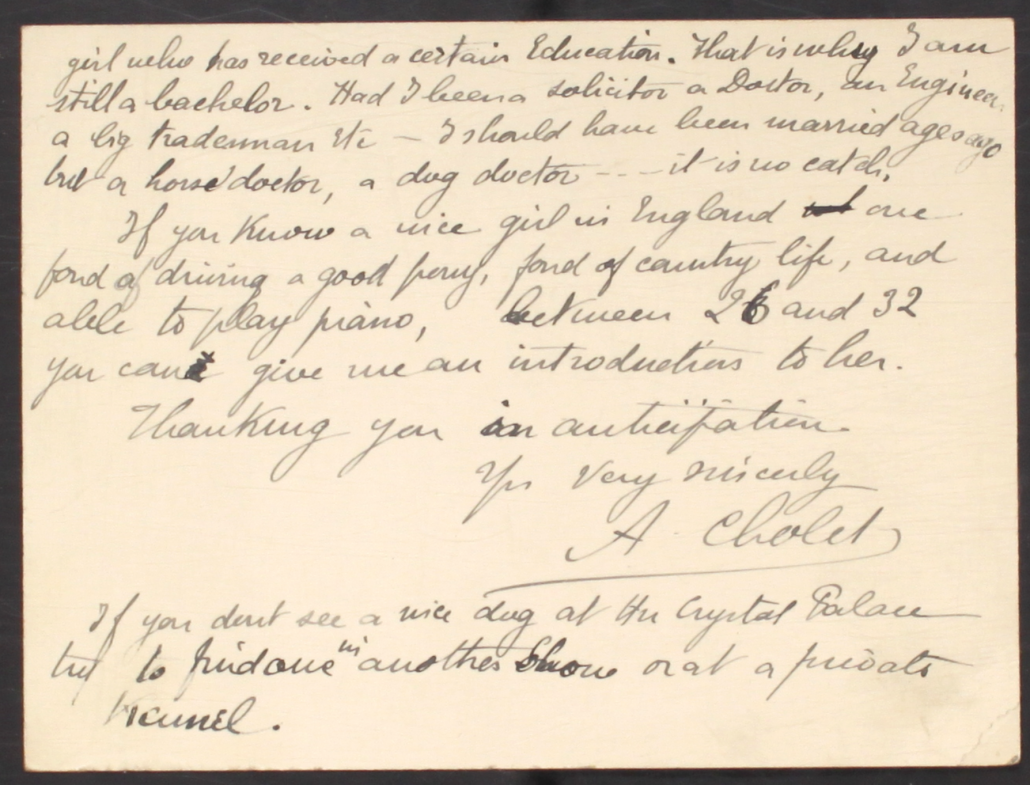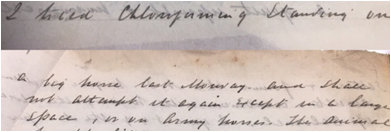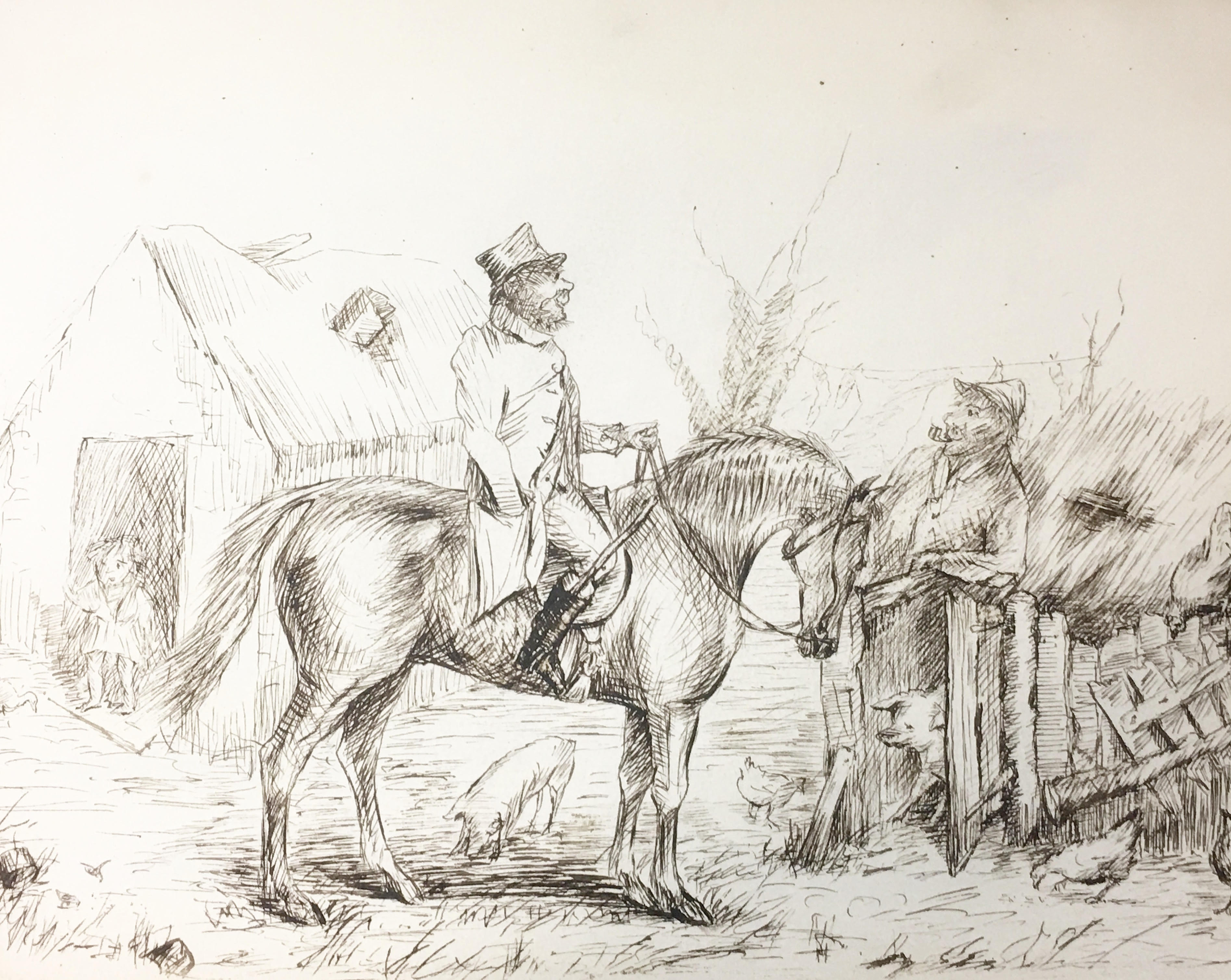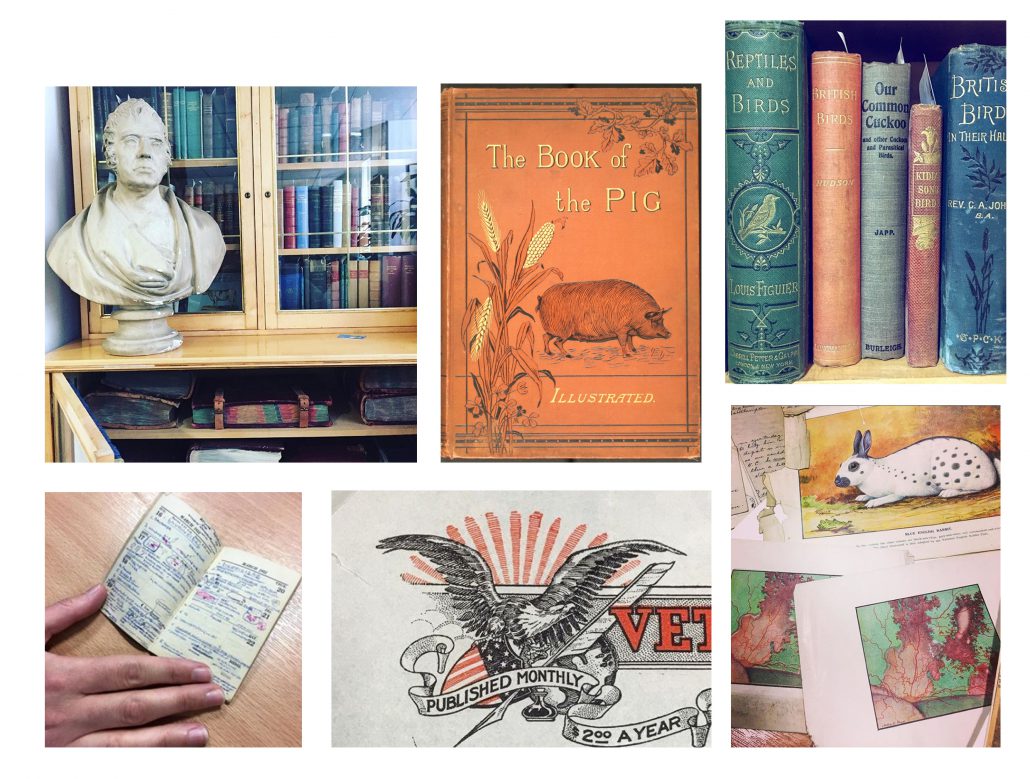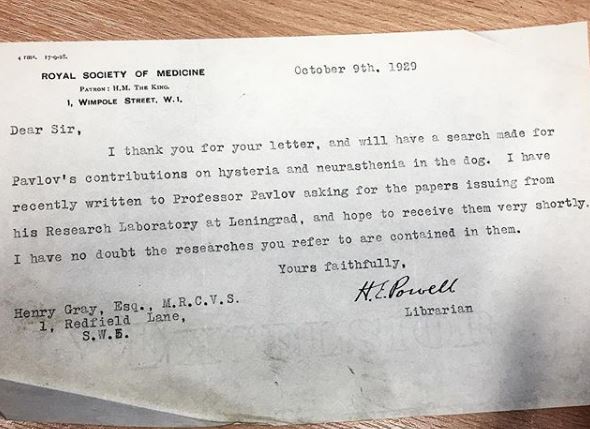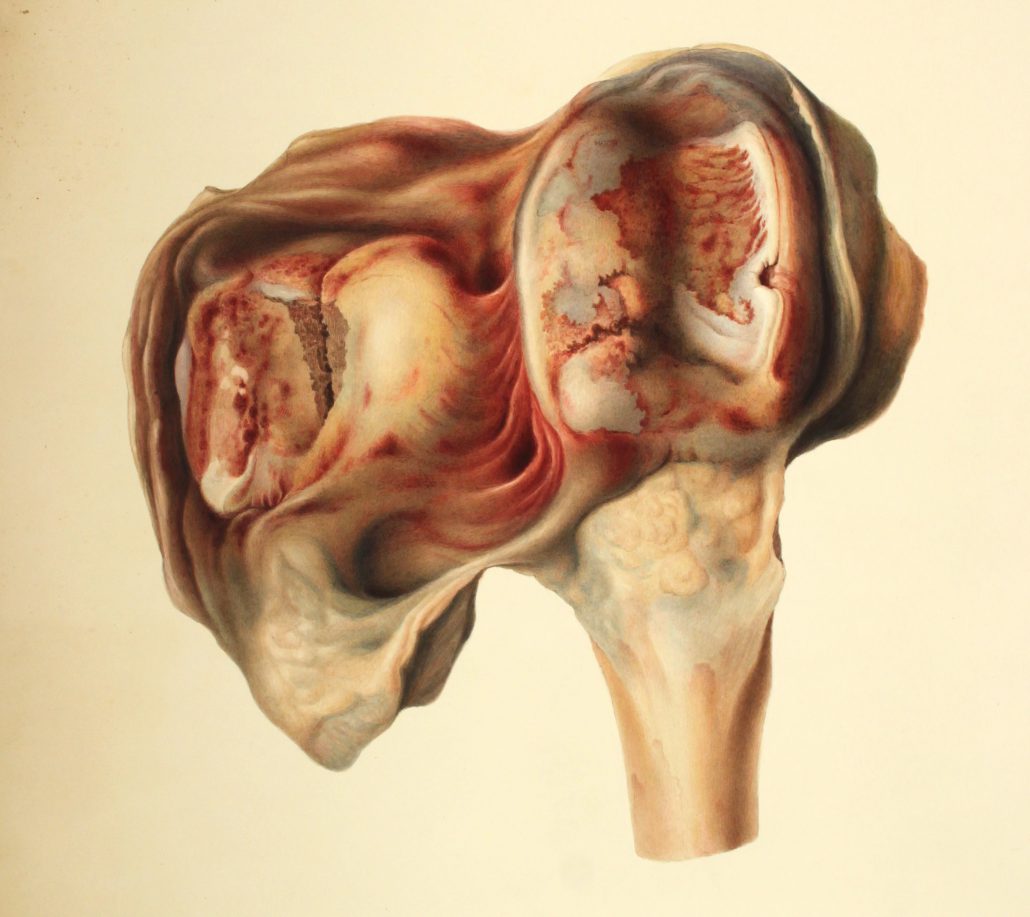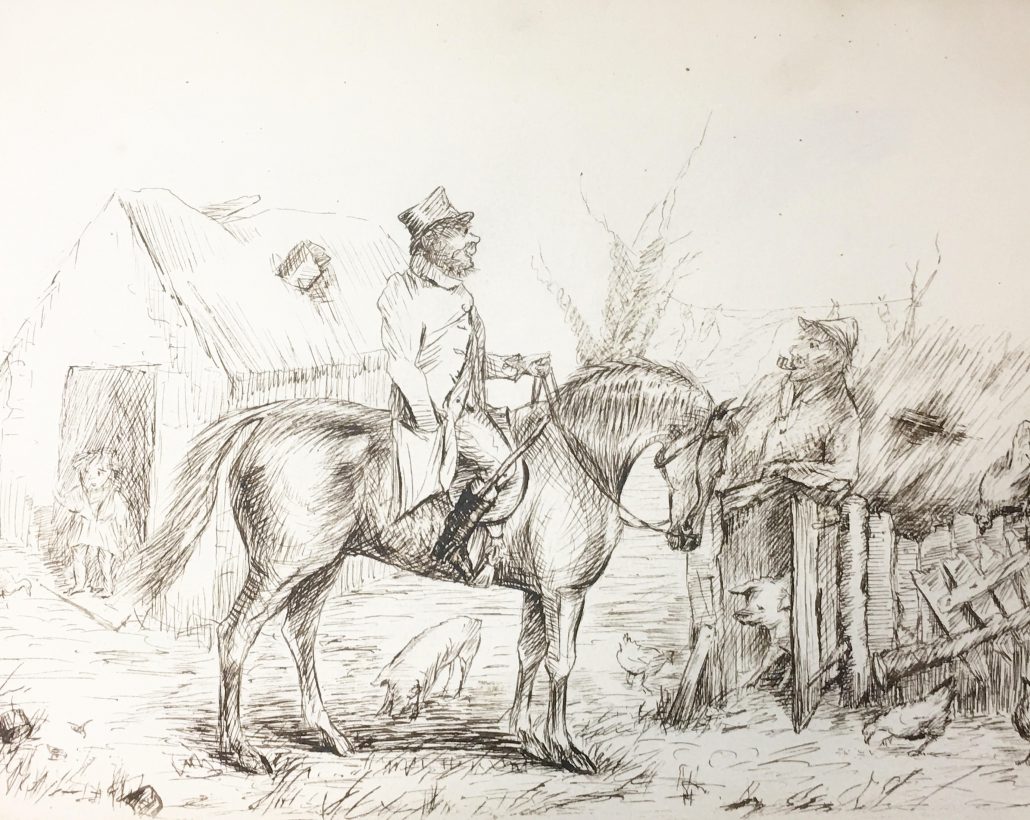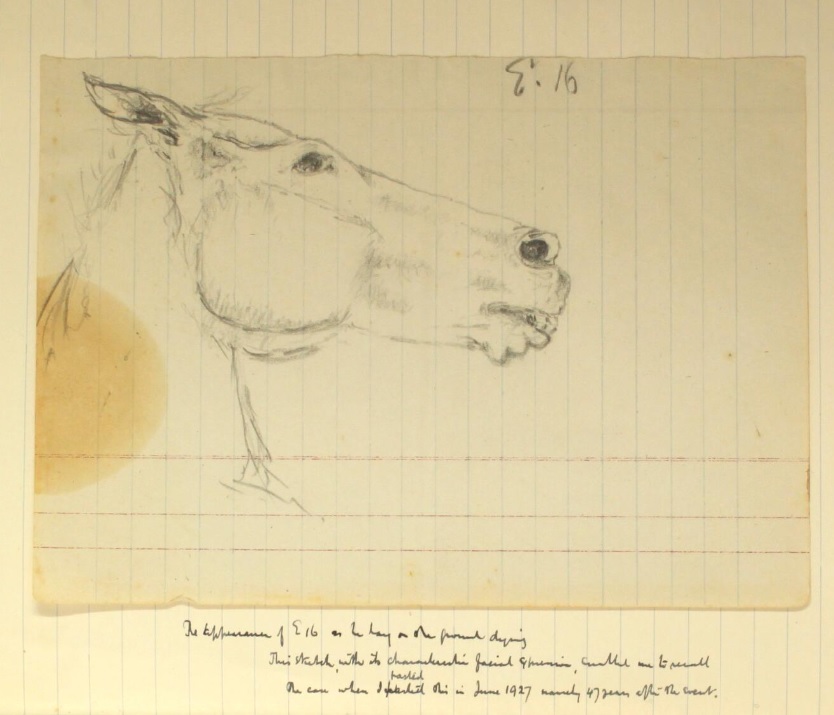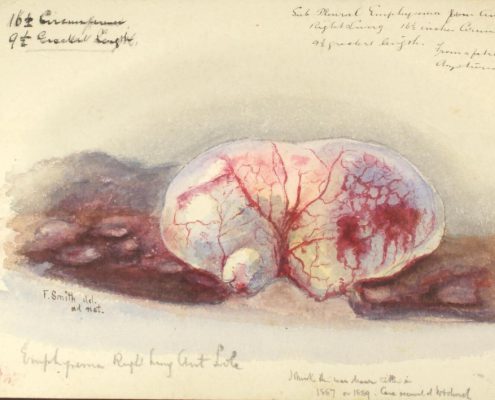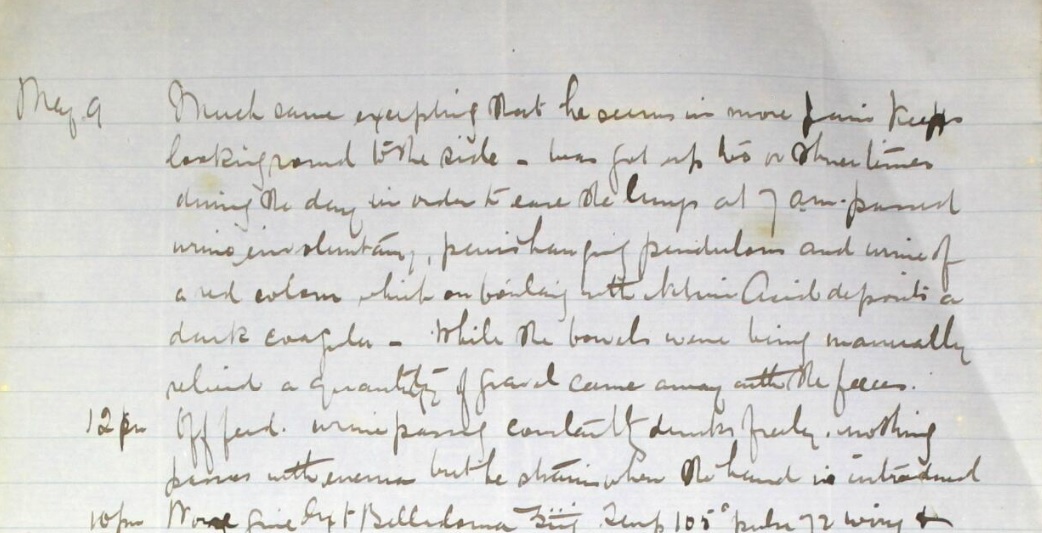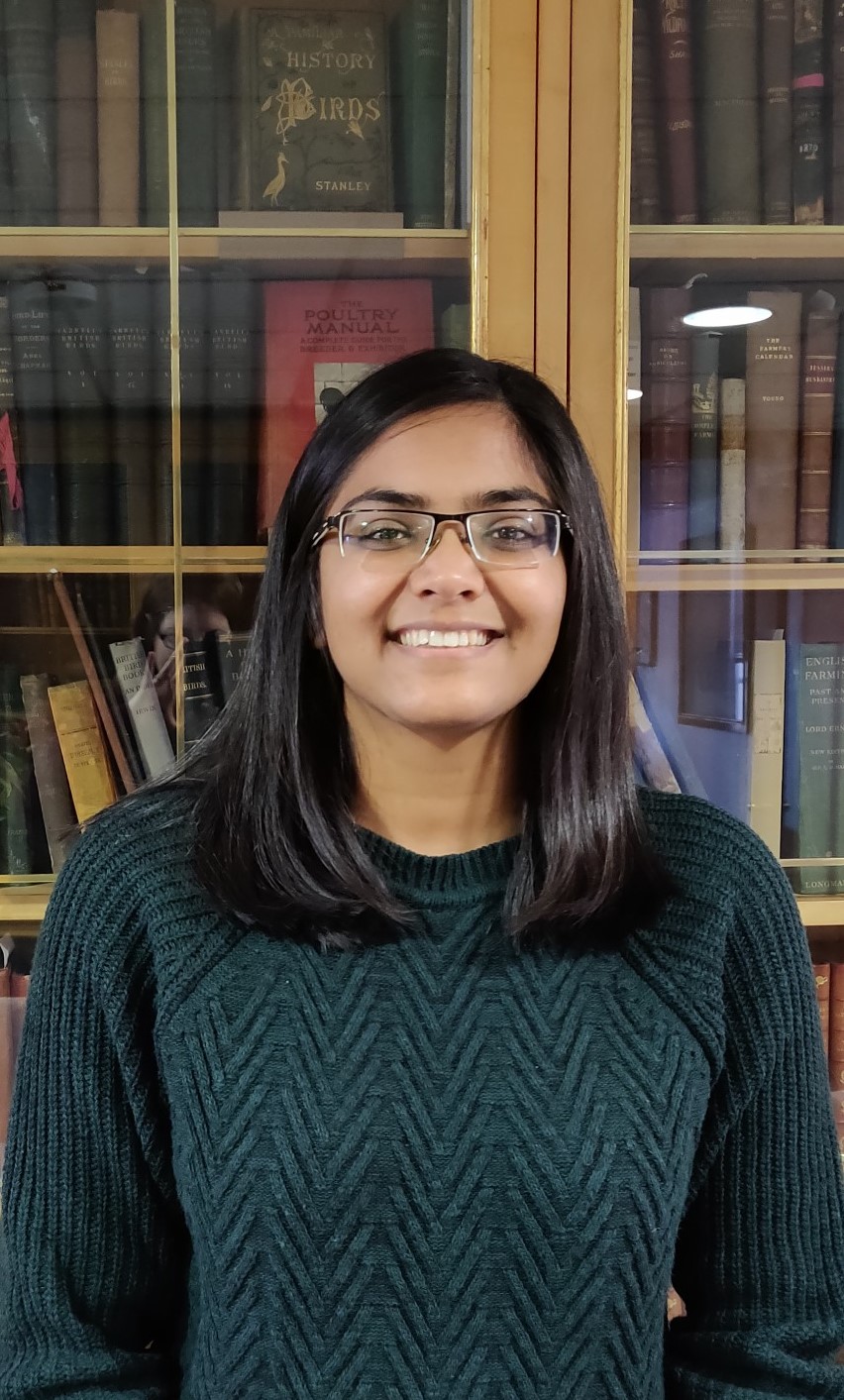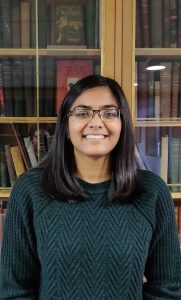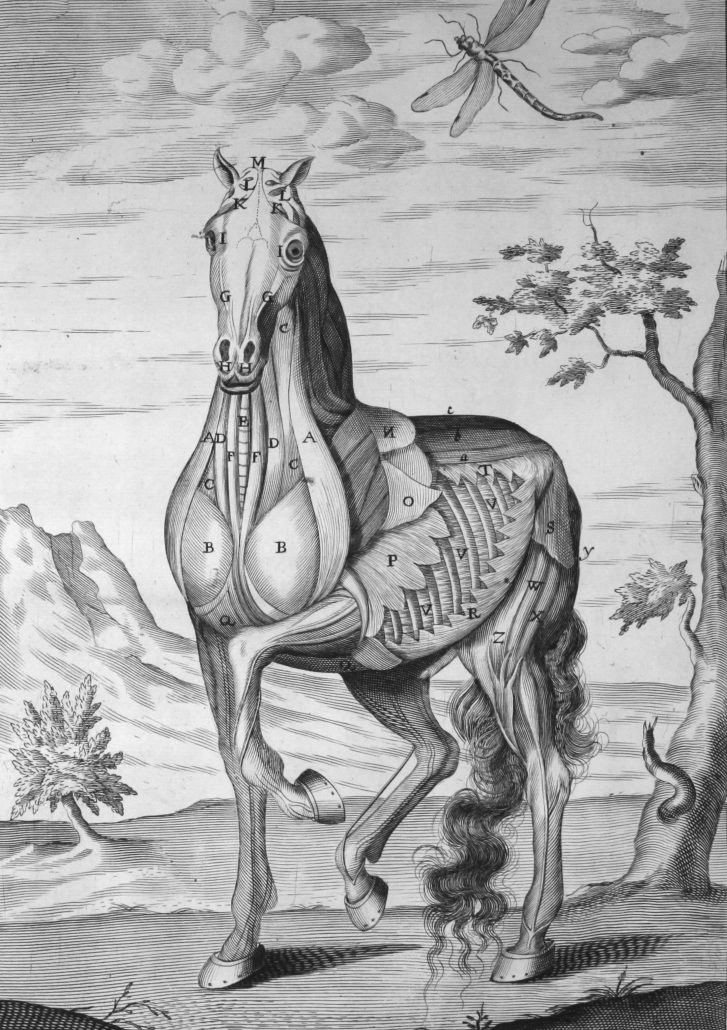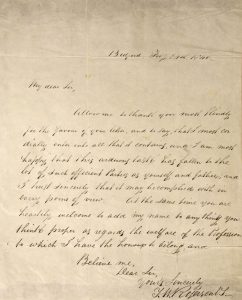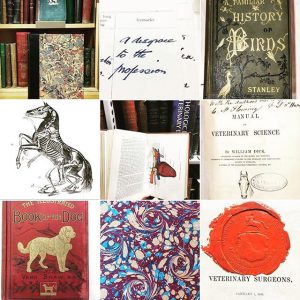Cataloguing Fred Smith Part 3: Say what you see
After completing the listing and arranging of the Frederick Smith collection, I now move onto the nitty gritty of archive work – writing descriptions. You can see the descriptions I’ve completed so far on our newly launched archive catalogue, and I have linked to specific records on the catalogue as examples below.
This stage essentially involves describing the material to an appropriate level of detail, in order to best inform researchers what the items are before they are fished out of storage for them to see.
As with the previous two stages, there is no one correct way of describing archives – but there are rules to follow. The international standard for archival description has been drawn up to promote consistency when searching across multiple collections around the world. However, many archive repositories also have their own house rules to better suit their unique collections.
The essential rule is to describe from the general to the specific. If something is true for every item of the collection, then that should be mentioned at the highest level of the hierarchy (Fonds), if something is only true for one batch of files within a series, it should be mentioned at series level. If some sections of material are comprised of very varied files, then the description of the section would probably be brief (e.g. FS/2), and more detail added as you described smaller batches within it (e.g. FS/2/2/2). You should avoid repeating information unnecessarily, but as most catalogues are now accessed online, you do not know that a researcher who finds a description of a specific file will necessarily read the descriptions at higher levels of the hierarchy. Therefore some repetition of essential contextual information can be helpful.
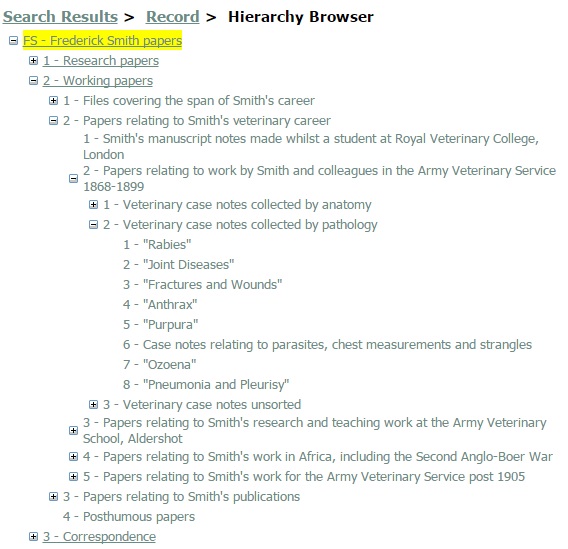
The Smith collection in a hierarchy structure
It is important to be concise in description, as the researchers really want to spend as much of their time as possible reading the actual material, rather than just descriptions of it. An archivist should also avoid copying the content of the material (unless you want to include a formal transcription of the text). This may sound obvious, but it can be a challenge to summarise a letter rather than copy it. For example, when trying to find the best way to phrase an argument put forth in a letter, it will often seem easier and quicker to directly quote the author! This is also the case for lists of names or places etc.
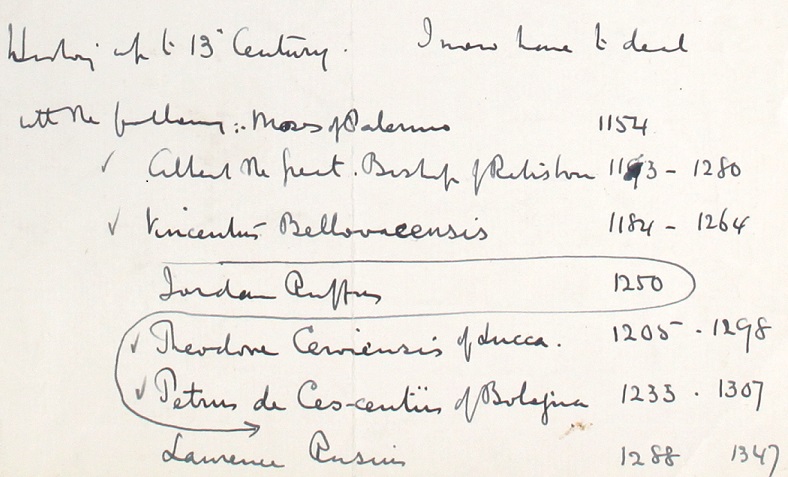
FS/3/1/4/58 “I now have to deal with the following:- Moses of Palermo…” Smith lists future research subjects.
It is useful to include as many names of individuals as possible, to make it more likely that your material is found in an online search. However, you do not want to mislead researchers into thinking the papers include a wealth of information on Joe Bloggs, when actually his name is one of many on a list drawn up by one correspondent to another, as a suggestion of potentially interesting authors to read! Another example is this draft letter [FS/3/1/13/50], in which Smith is asking about the existence of any portrait of Bracy Clark. It seems that Smith never successfully found one, and so any person searching online for a long lost Clark portrait would be misled by a description of this letter as discussing ‘a portrait of Bracy Clark’. Instead I have tried to make it clear that Smith himself is struggling to find one. People can travel a long way to visit archive repositories, and so you do not want someone to have flown from Australia to the UK in vain!
Another simple rule, but sometimes very difficult to follow, is to not use qualitative language to describe the material. You may find a beautiful sketch on the back of a letter, or a hilarious account of a meeting in a diary, but you should not use words such as ‘beautiful’ or ‘hilarious’. Even seemingly harmless words such as ‘interesting’ or ‘simple’ are too subjective. Archivists should stick to the facts in the catalogue, and use outlets such as Twitter or blogs to highlight material they think is particularly wonderful. However, it is useful to describe quantities if possible – again to avoid misleading a researcher into thinking a file is stuffed full of notes on a subject, when actually there are only brief mentions in one or two letters. [e.g. FS/2/2/2/1/8]
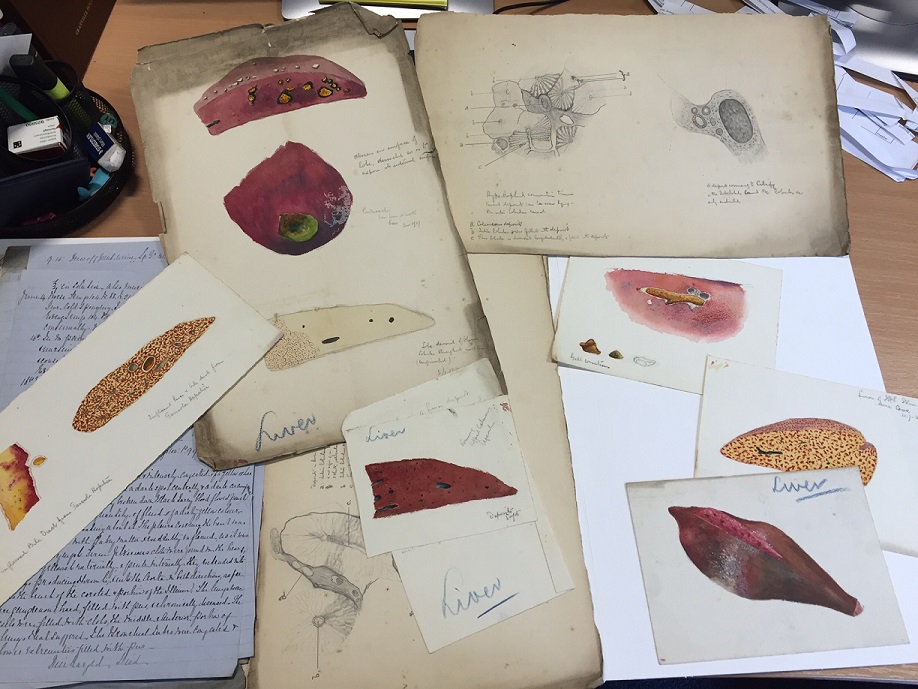
FS/2/2/2/1/1 These paintings of the liver from Smith’s case notes are, in my opinion, beautiful. But that’s definitely not something everyone would agree with!
As the title of this blog post suggests, a simple rule of thumb is to say what you see – no more, no less. However, sometimes the archivist needs to do a bit of speculation in order to better describe the material. For example, this letter [FS/3/1/3/11], which has been dated by Smith as 24th March 1911. Judging by the content of the letter, it seems to make more sense amongst letters from March 1912, and so I assume Smith accidentally wrote the wrong year. (It happens to the best of us!)
I have also tried to include the modern names of locations, if they have changed since the time the material was created. For example, Smith worked in Bengaluru, India in the 1880s, but at the time it was referred to by the British forces as ‘Bangalore’. It is possible that a researcher would use either name when searching, so both are included in records such this [FS/2/2/2/1/1].
Whilst cataloguing Smith’s correspondence, I noticed that he referred to consulting very old manuscripts at the British Museum. Of course, since Smith’s time, the British Library has been established, and much of the historical manuscript collection has moved there. I mention in the catalogue that these sources are in a new location, in order to hopefully prevent someone searching for material in the wrong place! [FS/3/1/2]
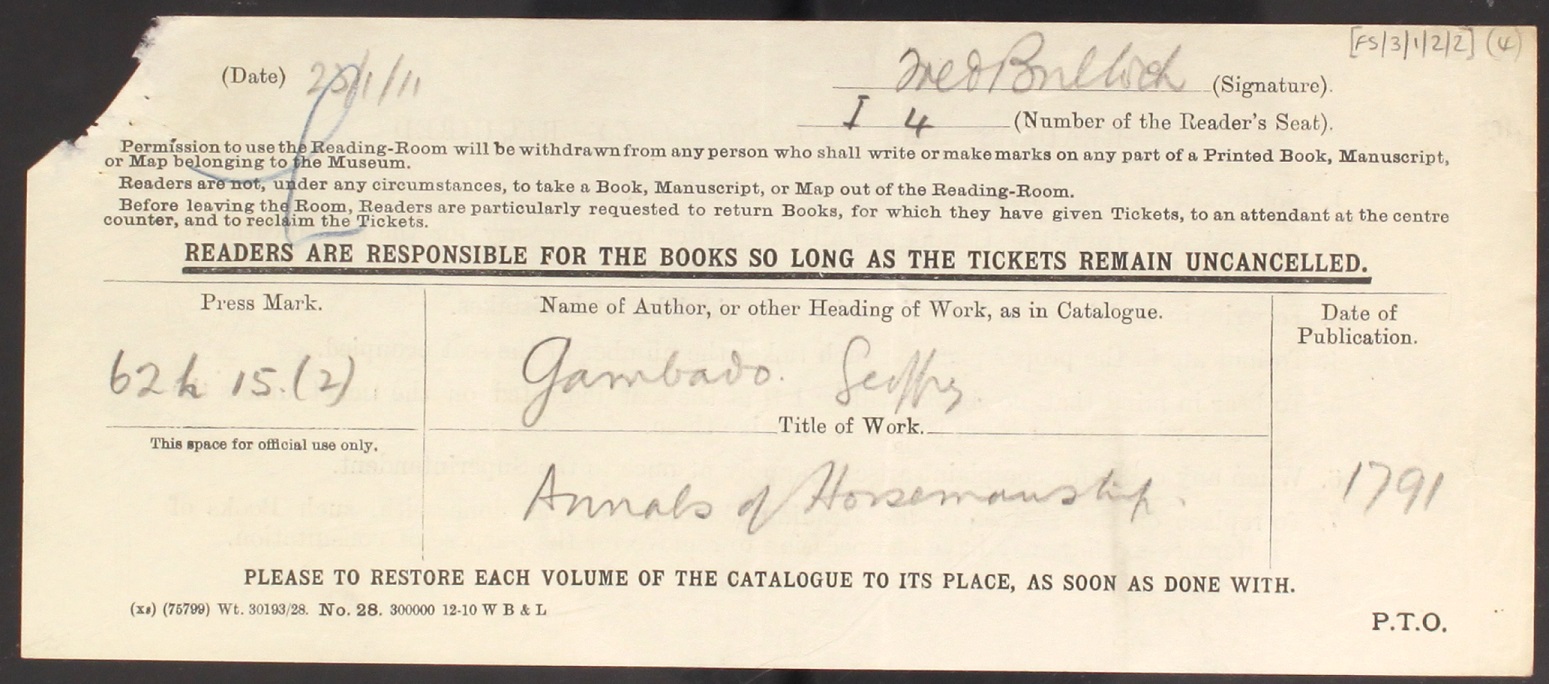
FS/3/1/2/2 Reader request slip from a research visit to the British Museum in 1911 – this book is now at the British Library
Finally, I add comments if I notice that something is obviously missing, or badly damaged, so that some unfortunate researcher doesn’t get the blame for it at a later date.
The wonderful thing about cataloguing online is that it is never set in stone. As I continue to explore the collections here at RCVS, and speak to the people who will use them, I’ll learn new things about Smith’s work, and the veterinary profession as a whole. I can add this further information to the catalogue at any time, and continue to improve the descriptions.
So please take a look at the catalogue, and let me know what you think!

